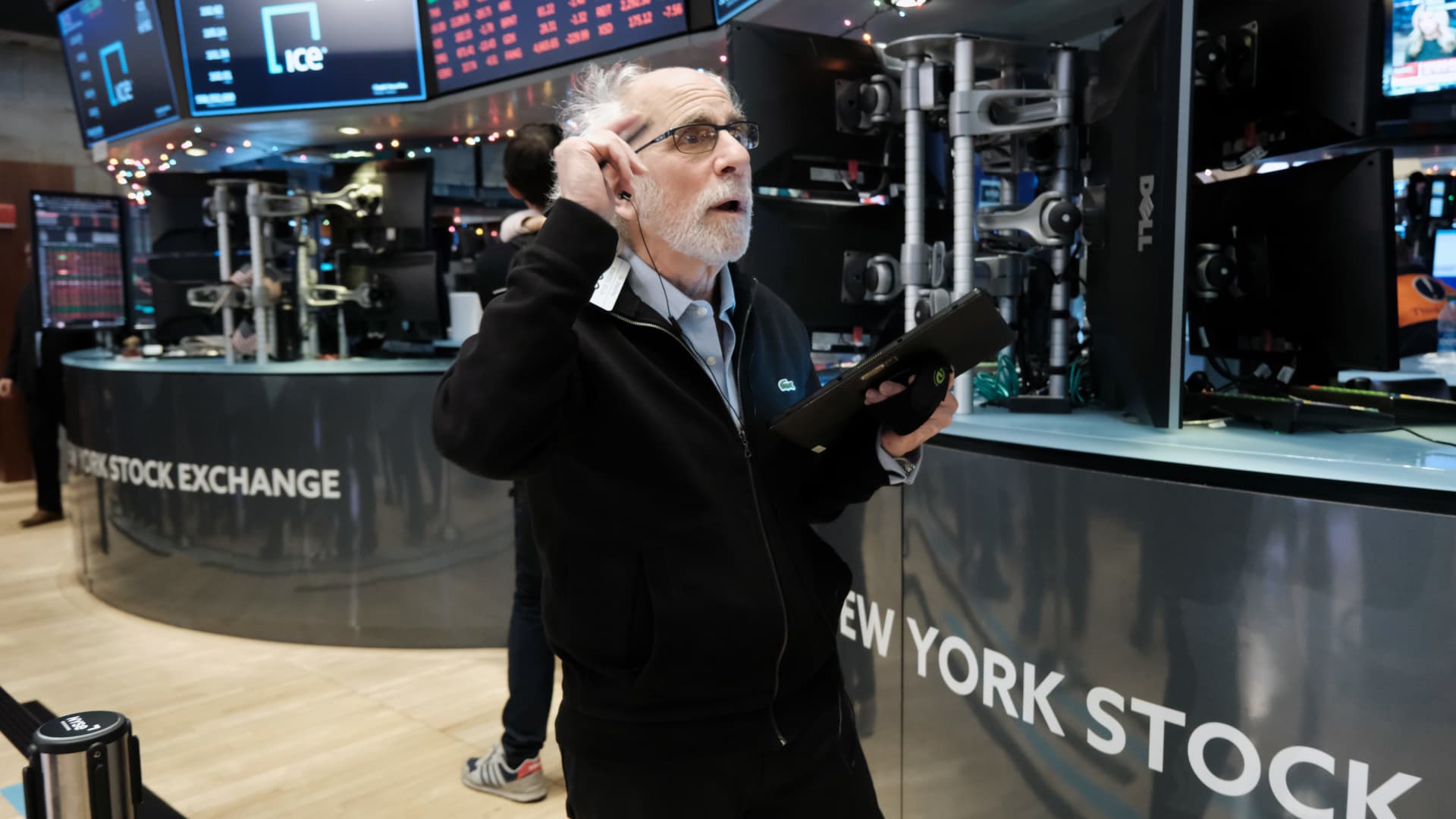
With the Federal Reserve out of the way, and major economic news light (only the PCE on this Friday), traders are bracing for a wave of earnings reductions from the analysts community ahead of fourth quarter earnings. That’s because the narrative has shifted from trying to figure out the extent of inflation (the 2022 story) to trying to figure out the extent of a recession (the 2023 story). The S & P 500 is down nearly 6% this month, despite seasonal tailwinds, because the Fed’s “higher for longer” narrative, coupled with poor economic news last week, has the soft-landing crowd on the defensive and the harder-landing crowd on the ascent. “Fed induced recession fears are to blame for December’s pullback,” Nicholas Colas, co-founder of DataTrek Research, said in a note to clients. Analyst earnings expectations for the fourth quarter have been in negative territory for several weeks, and now expectations for the first quarter of 2023 are also on the verge of going negative. (Q1 estimates have gone from an expectation of up 7.4% on October 1 to only up 1.9% on Friday, according to Refinitiv.) It’s very early, but early reporters have not been disastrous. Autozone and Oracle came in above expectations. Adobe beat and gave decent guidance. Lennar was complicated, but traded up. Costco did miss on earnings and membership. We’ll hear from General Mills, FedEx, and Nike on Tuesday, Carnival and Micron on Wednesday. The “we are going to retest the October low” crowd was very vocal last week, but it’s not clear where a bottom should be. Nick Raich from The Earnings Scout, who has been watching corporate earnings for decades, said to watch when the downward revisions top out. “Just as it has every time over the past 30 years, we anticipate the S & P 500 will ultimately bottom +/- 3 months from when the worst of the cuts to overall S & P 500 EPS expectations take place,” he said in a note to clients last week. When will that be? “Peak reporting volume in 4Q 2022 earnings season will occur in early February 2023. So, early February 2023 is when the worst of the cuts may occur,” wrote Raich. “We hope analysts just rip the band-aid off and slash EPS estimates.”
